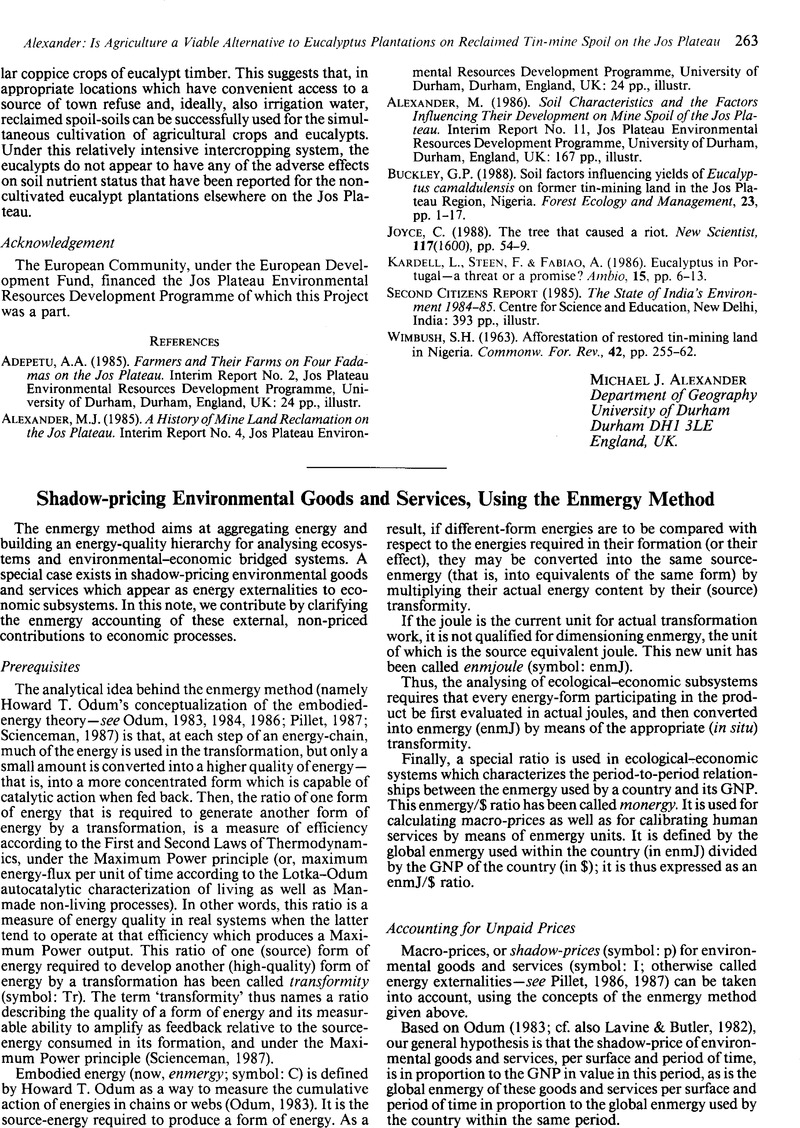Crossref Citations
This article has been cited by the following publications. This list is generated based on data provided by Crossref.
Pillet, Gonzague
1993.
Approaches to Environmental Accounting.
p.
259.
Pillet, Gonzague
1994.
Valuing the Environment: Methodological and Measurement Issues.
p.
311.


